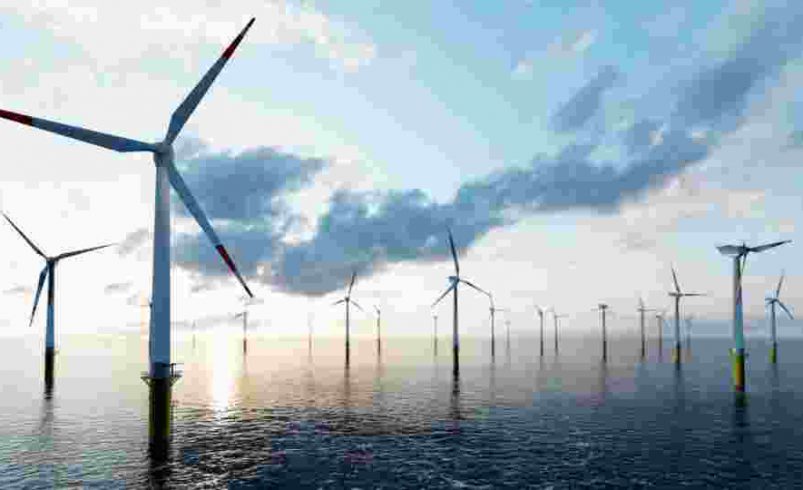By John Knorring, CEO of Green Tiger Markets
The Philippines’ wind energy sector is gathering pace, and is expected to double by 2030. But, as developers harness the archipelago’s gusty promise, they must also confront its atmospheric caprice. The seasonal rhythms of the southwest (SW) and northeast (NE) monsoo
ns bring powerful breezes—and sharp variability. For wind operators seeking financial stability and project bankability, hedging against these meteorological swings is not merely prudent. It is essential.
A nation of shifting winds
Wind patterns in the Philippines are as fractured as its geography. The SW monsoon, arriving mid-May and lingering until September, lashes western coasts with strong winds—except in the southern islands, which lie largely outside its path. From November to March, the NE monsoon brings steadier gusts to the east. April and October, the inter-monsoon months, are marked by calm conditions, particula
rly in the mornings, when land-sea breeze shifts mute turbine blades.
Recent modelling using the Weather Research and Forecasting (WRF) tool shows wind speeds at 100-metre hub height can fall by as much as 20% during these transitions, particularly in coastal zones bounded by complex terrain. Variability peaks in summer (March–May) and autumn (September–November), while winter winds are more reliable. Developers navigating this turbulence require both foresight and financial ingenuity.
Hedging strategies and tools
- Power Purchase Agreements (PPAs): The most familiar hedge is the power purchase agreement (PPA), which locks in long-term electricity prices and cushions revenue against spot market swings. In a country where wind still contributes just 1.6% of total capacity, PPAs remain vital to luring capital. But not all developers can rely on long-term offtake arrangements—especially as liberalisation introduces more exposure to market forces.
- Financial Derivatives as Hedging Products: Where PPAs stumble, financial derivatives step in. Green Tiger Markets, an electronic platform tailored to the Philippine power sector, offers instruments that allow developers to hedge against a drop in spot prices on the Wholesale Electricity Spot Market (WESM). These contracts are financially settled, meaning that while the wind may falter day to day, revenues need not.
- Energy Storage Systems: Battery storage offers a physical counterpart to financial hedges. Surplus power during wind-rich NE monsoon months can be banked and dispatched during lulls—this enhances grid stability, particularly during morning demand peaks when wind speeds often dip. The technology remains expensive, but costs are falling, and policy support is growing.
- Diversified Portfolios: Portfolio diversification offers another buffer. Developers spreading bets across geographies—pairing high-yield sites in northern Cagayan (with capacity factors of up to 50%) with more stable southern locations—can average out seasonal variation.
- Advanced Forecasting Models: The final line of defence is predictive. High-resolution tools such as the Global Wind Atlas and WRF-based models help developers anticipate not only annual cycles, but also intra-day fluctuations. With better data comes better placement, better operations, and fewer surprises.
Windfall or pitfall?
The Philippines is blessed with wind. But nature’s generosity is unevenly distributed—and inconsistently timed. For wind developers, taming the elements means more than just erecting turbines in breezy places. It means mastering the art of financial and operational hedging. Those who succeed will not only deliver cleaner power, but also help build a more resilient energy system.
